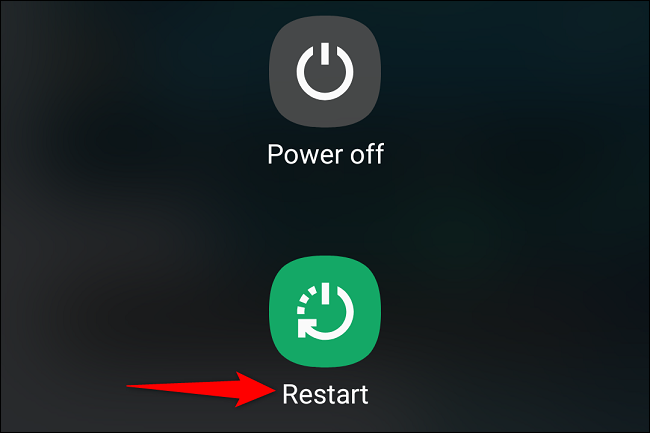As the exchange market suffers from the effects of the FTX meltdown, decentralized finance (DeFi) protocols are growing in popularity. In this sense, the inflow of funds into these protocols has increased in recent days. According to data analytics platform Nansen, virtually every DeFi protocol has experienced double-digit percentage growth in users and transactions over the last seven days. Names like DeFi Swap and dYdX grew more than 100%
Growth of DeFi protocols. Source: Nansen. For example, dYdX grew 99% in number of users, while transactions rose 136%. DeFi Swap grew 104% in users and 140% in transactions. The growth is reflected in the tokens linked to the DeFi ecosystem. DYDY is up 77% through Tuesday (15), while the FTX token (FTT) is down more than 90%. In the DeFi market, 88% lost value, but the dYdX token went against the grain. Aave, the decentralized lending protocol, increased users by 70% and transactions by 99%. The move reflects the market’s quest for safer options for trading its tokens while, at the same time, retaining custody. “As we see the FTX contagion unfold, users realize the importance of self-custody and the transparency that DeFi protocols provide. As such, usage metrics on DeFi protocols have increased,” said Walter Teng, vice president of digital asset strategy at Fundstrat Global Advisors.
Uniswap shows growth
While trust in centralized exchanges dropped sharply after the FTX crash, Uniswap, the largest decentralized cryptocurrency exchange, has experienced a 19% increase in users and a 21% increase in transactions over the last 30 days, according to Nansen data. Ether (ETH) trading volume on Uniswap reached $900 billion in the last 24 hours. According to CoinGecko, this figure is greater than the volume of ETH traded on Coinbase, OKX and Gate.io combined. Additionally, the number of new daily transaction wallets from the Uniswap app reached 55,550, the highest number recorded in 2022. twitter🇧🇷
Centralized exchanges suffer wave of withdrawals
As DeFi boomed, centralized exchanges (CEX) experienced a mass exodus of cryptocurrencies. As CriptoFácil reported, these platforms have lost more than BRL 42 billion since the collapse of FTX. Among CEXs, Binance experienced the largest net outflow of cryptocurrencies: its customers withdrew approximately $1.44 billion in the last 7 days. This means that Binance users removed $1.44 billion more than they deposited. OKX ranked second with a net negative outflow of $1.24 billion, while FTX has the third-highest net outflow at $900 million. It should be noted that FTX even blocked withdrawals, which limited cryptocurrency withdrawals on its platform. Ultimately, Kraken suffered a net outflow of $586 million.
Outflow of cryptocurrencies from centralized exchanges. Source: Nansen. According to Nansen, the largest CEX in the market (Binance, OKX, FTX, Kraken, KuCoin, Coinbase, Huobi, Gate.io, Gemini, Paxos, FTX US and Crypto.com) had a combined net outflow of $6 .33 billion in the last seven days. Users deposited $42.03 billion into these exchanges but withdrew $48.35 billion. Significant outflows likely highlight a lack of user trust and confidence in holding funds on centralized exchanges.

